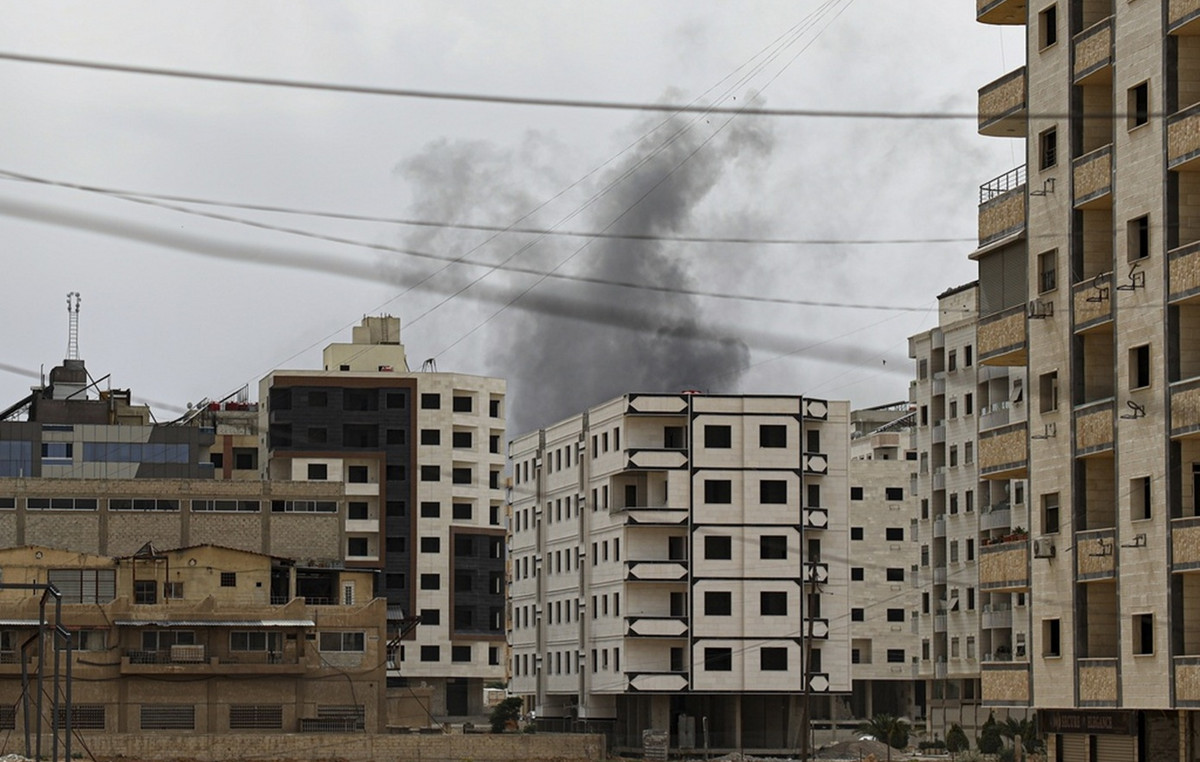The Leaning Tower of Pisa was once feared to be on the brink of collapse, as the tilt that made it such a popular landmark threatened its very existence.
But this week, as the monument celebrated its 850th birthday, the leaning monument’s future appearances in funny tourist photos were assured for years to come as its guardians gave it a clean bill of health.
“Today the bell tower is a stable monument,” said Andrea Maestrelli, president of the Opera della Primaziale Pisana (OPA), at a press conference describing events to commemorate its anniversary. The 1,000-year-old organ oversees the cathedral complex that includes the spire.
It wasn’t always the case. In the early 1990s, the tower, the centerpiece of a UNESCO World Heritage-protected ensemble, reached a 4.5-degree incline and fears over its stability led to an international effort to prevent it from toppling over, with work taking eight years from 1993.
Now, experts say its future is “bright”, with satellite and ground surveillance tracking even the smallest change in its position, making the famous bell tower one of the most closely monitored monuments in the world.
The first cornerstone of the Tower of Pisa was laid on August 9, 1173, “thanks to the donation of 60 coins made by a widow named Berta, for the construction of the belfry of our cathedral”, said the Archbishop of Pisa Giovanni Paolo Benotto during the collective.
Problems with the stability of the turret started early. Construction stopped at the height of the third open level of columns due to sinking and only resumed in 1275 when three more levels were added.
In an attempt to straighten the tower, the top three stories curved in the opposite direction of the slope. The tower was completed in the mid-14th century when the belfry was added.
As the slope worsened in the late 20th century, the soil was removed from under the north side foundations through a series of boreholes, causing an imperceptible reduction in the slope.
The latest report from the watchdog group that monitors the monument “highlighted that the slope has decreased by around 460 millimeters,” Maestrelli said, adding that the slope has returned to that of the early 19th century.
The consolidation works allowed this tower to look to the future with “great confidence”, he added.
Today the tower is a case study at the center of one of the most complex monitoring systems in the world, explained OPA’s technical director, Roberto Cela. Thanks to an agreement between Italy’s Ministry of Cultural Heritage and OPA, experts integrate satellite monitoring with data collected on the ground.
The progress of these terrestrial and satellite monitoring activities will be presented next year.
Source: CNN Brasil
Johanna Foster is an expert opinion writer with over 7 years of experience. She has a reputation for delivering insightful and thought-provoking articles on a variety of subjects. Her work can be found on some of the top online news websites, and she is currently lending her voice to the world stock market.







